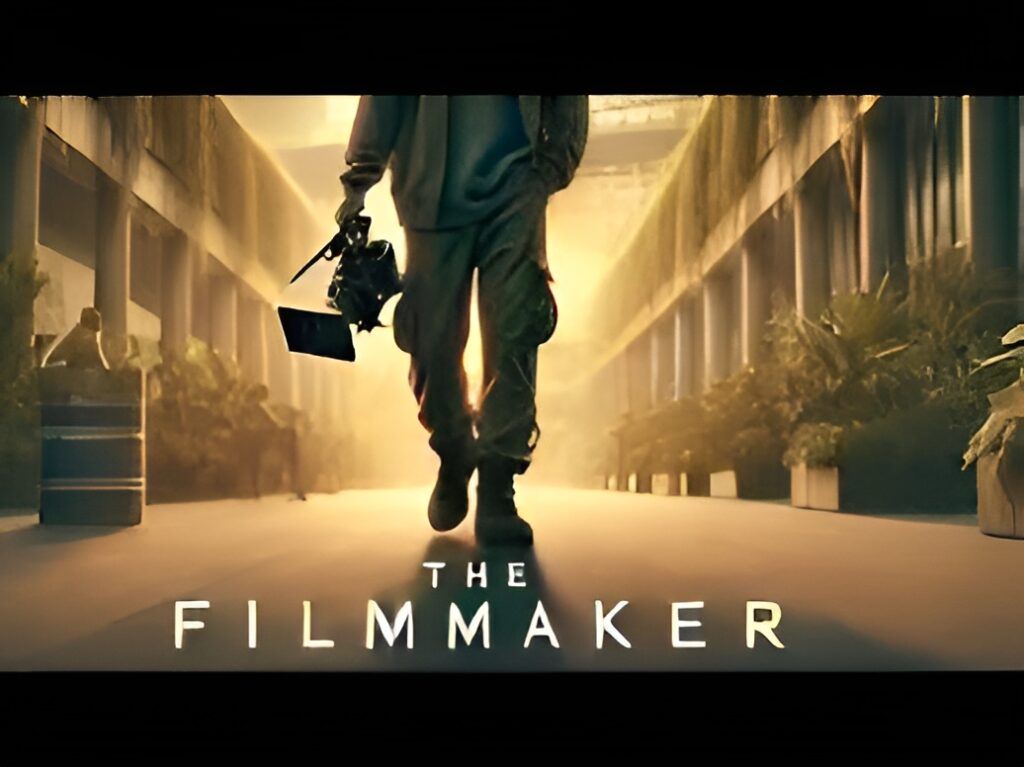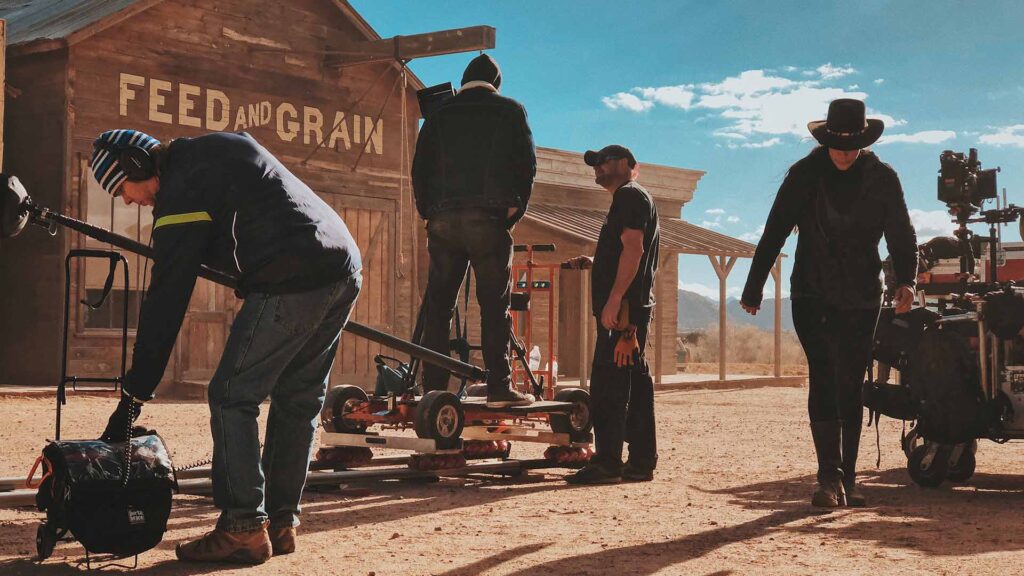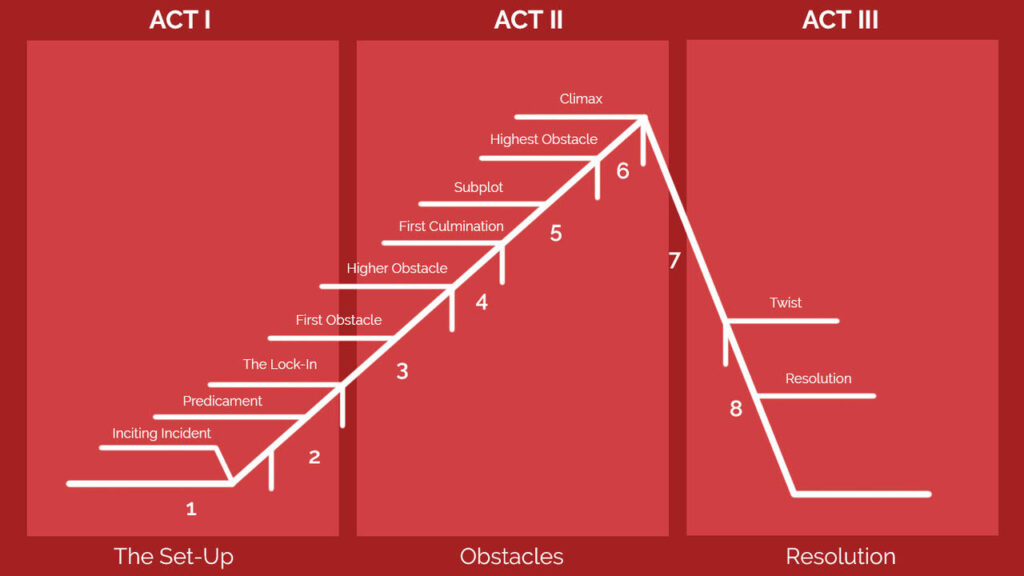
How to Create a Short Film with a Powerful Message for Society
Creating a short film that delivers a meaningful message to society is a rewarding but challenging process. A well-crafted short film has the potential to inspire, educate, and provoke thought. In this guide, we’ll explore the steps to create a compelling short film, from brainstorming ideas to editing the final product, with deep insights into storytelling, screenplay writing, and production.
Why Short Films Matter
Short films are a powerful medium to convey impactful messages due to their brevity and accessibility. Unlike feature-length films, short films are easier to produce and can focus intensely on a single theme, making them ideal for addressing social issues.
Examples of social themes include:
- Environmental conservation
- Mental health awareness
- Equality and inclusivity
- Acts of kindness
- Combating stereotypes
Key Benefits of Short Films
- Accessibility: Easily distributed on platforms like YouTube, Instagram, and Vimeo.
- Brevity: Viewers can consume the content in a short amount of time.
- Impact: A well-told story can leave a lasting impression.
Step-by-Step Guide to Creating a Short Film
1. Define Your Core Message
Before diving into production, clearly define the message you want to communicate.
Questions to Consider:
- What societal issue resonates with you?
- What do you want the audience to take away from the film?
- What emotions do you want to evoke?
Example Messages:
- “Small acts of kindness can change lives.”
- “Mental health is as important as physical health.”
- “Recycling starts at home and saves the planet.”
2. Brainstorm the Story
Create a storyline that aligns with your message. A good short film often revolves around a single idea and builds emotional resonance through simplicity.
Key Elements of a Story:
- Relatable Characters: Create characters that the audience can empathize with.
- Conflict: Introduce a challenge that ties to the core message.
- Resolution: End with a solution or a thought-provoking conclusion.
Example Story Ideas:
- A lonely old man forms a bond with a stray dog, teaching the value of companionship.
- A young girl educates her neighbors about the importance of recycling by taking small steps.
- A schoolboy overcomes peer pressure to stand up for what is right.
3. Develop the Storyline
Use a structured approach to map out your story. The most common structure is the three-act format:
Three-Act Structure:
- Act 1: Setup
- Introduce the characters and setting.
- Establish the societal issue or message.
- Hook the audience with a powerful opening scene.
- Act 2: Conflict
- Showcase the problem or struggle faced by the characters.
- Develop emotional stakes and challenges.
- Keep the audience engaged with twists or obstacles.
- Act 3: Resolution
- Resolve the conflict in a meaningful way.
- Conclude with the core message or a call to action.
Example:
- Act 1: A young boy watches his neighborhood littered with garbage.
- Act 2: He faces resistance while trying to clean up and educate his community.
- Act 3: His perseverance inspires others to join the cleanup effort.
4. Write the Screenplay
A screenplay is the blueprint for your film. It includes dialogues, scene descriptions, and directions for the cast and crew.
Screenplay Structure:
- Scene Headings: Indicate the location and time (e.g., INT. CLASSROOM – DAY).
- Action Lines: Describe what happens in each scene.
- Dialogue: Write natural and purposeful conversations.
- Transitions: Indicate changes between scenes (e.g., CUT TO, FADE IN).
Tips for Screenplay Writing:
- Be Visual: Show actions rather than narrating them through dialogue.
- Keep It Concise: Avoid unnecessary scenes or lines.
- Edit for Clarity: Revise multiple times to ensure the message is clear.
5. Assemble Your Team
A short film is a collaborative effort. Build a team that shares your vision.
Essential Roles:
- Director: Oversees the creative vision.
- Cinematographer: Handles the visual elements.
- Actors: Bring the characters to life.
- Editor: Polishes the film during post-production.
Tips for Collaboration:
- Communicate your vision clearly.
- Use local talent and resources to save costs.
- Foster a positive working environment.
6. Plan the Production
Pre-Production Tasks:
- Create a Shot List: Detail each scene’s visuals, angles, and actions.
- Storyboard: Sketch or describe each shot to visualize the flow.
- Budget Planning: Focus on storytelling over costly equipment.
- Location Scouting: Choose accessible and relevant filming locations.
7. Filming
Filming is where your vision comes to life.
Tips for a Smooth Shoot:
- Stick to the script and shot list.
- Ensure clear communication with your team.
- Use natural lighting and simple setups if on a budget.
8. Editing the Film
Editing is crucial for refining the narrative and enhancing the emotional impact.
Editing Tips:
- Use Music and Sound Effects: Enhance the mood and message.
- Trim Unnecessary Parts: Keep the film concise and impactful.
- Add Titles and Credits: Include the title, message, and acknowledgments.
9. Share Your Film
Platforms:
- YouTube, Vimeo, and social media platforms.
- Submit to film festivals for broader exposure.
Promotion Tips:
- Share behind-the-scenes stories and the inspiration for your film.
- Engage with your audience through comments and discussions.
- Use SEO-friendly titles and descriptions to reach a larger audience.
Tips for Effective Storytelling
- Emotion Drives Impact: Make your audience feel connected to the characters and their struggles.
- Symbolism and Metaphors: Use visual elements to convey deeper meanings.
- Call to Action: End your film with a thought-provoking statement or actionable advice.
Final Thoughts
Creating a short film with a social message requires passion, creativity, and collaboration. By following this guide, you can craft a film that not only entertains but also leaves a lasting impact on society. Remember, even a small story can inspire big changes.




